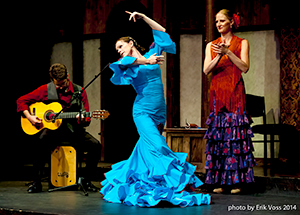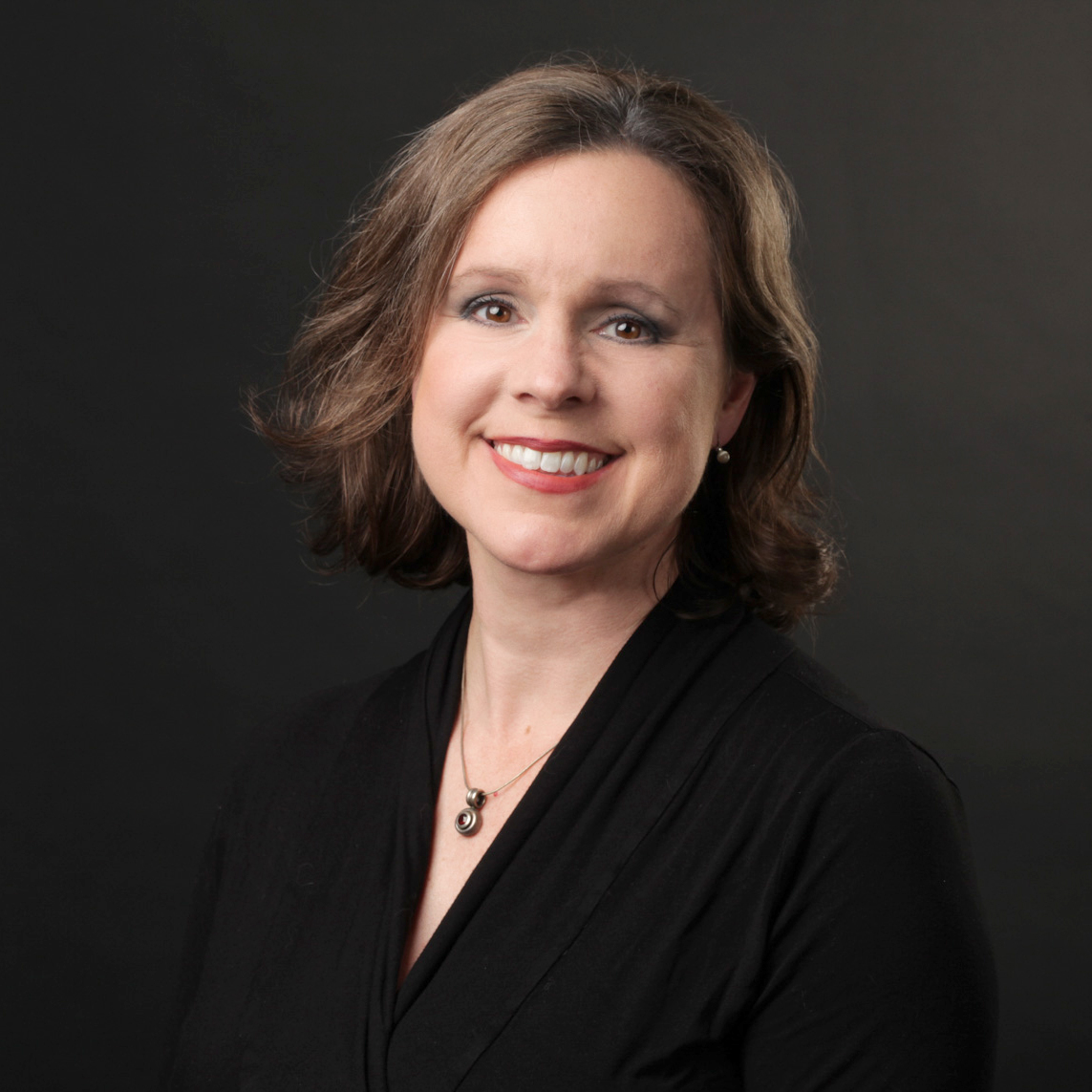Julie BaggenstossInstructor, Flamenco
Education
MA, Spanish, Georgia State University
Biography
 Flamenco dancer Julie Galle Baggenstoss is known across the country for her work on stage and in educational projects involving Spanish artists. Close to her home of Atlanta, she has performed and choreographed Flamenco with the Atlanta Opera, Georgia State University's School of Music, The Latin American Association, Coves Darden P.R.E., and at universities and museums from the Southeast to the Midwest.
Flamenco dancer Julie Galle Baggenstoss is known across the country for her work on stage and in educational projects involving Spanish artists. Close to her home of Atlanta, she has performed and choreographed Flamenco with the Atlanta Opera, Georgia State University's School of Music, The Latin American Association, Coves Darden P.R.E., and at universities and museums from the Southeast to the Midwest.
She teaches Flamenco in the Dance and Movement Studies Program at Emory University. Julie is a former instructor of the Atlanta Ballet, and is a teaching artist for organizations such as Woodruff Arts Center, the Rialto Center for the Arts, the American Association of Teachers of Spanish and Portuguese, the Foreign Language Association of Georgia, and Georgia Public Libraries.
Julie’s dance style reflects continuing education and years of classes with Spanish dance teachers, including Ángelita Vargas, Ángel Atienza, Juan del Gastor, Manuela Reyes, Pilar Ortega, Manuel Liñán, and Juan Paredes. Her work is guided beyond dance steps by Flamenco artists La Meira and Antonio Granjero. Julie has a MA in Spanish, and lectures on Flamenco’s avant-garde, the African influence of Flamenco, and the Latin American presence in the Spanish art form.
Julie is the executive director of A Través, 501c3 and owns a production company called Berdolé, both of which produce Flamenco works involving Spanish Flamenco artists in residence in the United States of America.Julie is the co-founder of jaleolé, a grass-roots marketing organization that shaped Atlanta's Flamenco landscape for a decade.
Teaching Statement
 Flamenco dance is for everyone, the young and old, the biggest and the very smallest, even those who claim to have been born with two left feet. This is because in Flamenco’s complexities, there is a simple uniting element: rhythm. This opens participation to people with a variety of experience levels and abilities, as it grounds the expression of music, singing, dance, rhythmic hand clapping and shouts of “Olé.” From a starting point of basic rhythm, Flamenco dance happens naturally and becomes a satisfying way to communicate emotion.
Flamenco dance is for everyone, the young and old, the biggest and the very smallest, even those who claim to have been born with two left feet. This is because in Flamenco’s complexities, there is a simple uniting element: rhythm. This opens participation to people with a variety of experience levels and abilities, as it grounds the expression of music, singing, dance, rhythmic hand clapping and shouts of “Olé.” From a starting point of basic rhythm, Flamenco dance happens naturally and becomes a satisfying way to communicate emotion.
Beginners can learn to enjoy expression through movement as they embark on a path of growth and practice to build a technical base. As dancers become more experienced, that base leads to sophisticated steps that offer a physical satisfaction, as well as a means of expression.
Along the journey of Flamenco education, cross-training in music builds the capacity of dancers, since our movement phrasing is dependent on the phrasing of the music and the song lyrics. This is the key to improvising in the framework of Flamenco accompaniment, in which the transmission of emotion becomes a game of give and take, permitting individuality in a group. To truly understand Flamenco dance, students need the opportunity to explore all of these aspects of Flamenco: rhythm, technique, and improvisation.
 Dancers should observe and question connections between Flamenco and other forms of cultural expression through the study of Spanish history, politics, language, and the encounters between people from the East to the West, all of which shaped Flamenco as an art form, from its beginnings to its many modern expressions. The art form has evolved through adaptation inside and outside of its origin points in Spain. It has taken influences from likely and unlikely sources, including China, the Middle-East, India, African peoples, Spain, Cuba, Argentina, and the United States of America; Judaism, Islam, and Christianity; socialism, capitalism, the Columbian Exchange, the Atlantic Slave Trade, the Internet, Hollywood, and Vaudeville.
Dancers should observe and question connections between Flamenco and other forms of cultural expression through the study of Spanish history, politics, language, and the encounters between people from the East to the West, all of which shaped Flamenco as an art form, from its beginnings to its many modern expressions. The art form has evolved through adaptation inside and outside of its origin points in Spain. It has taken influences from likely and unlikely sources, including China, the Middle-East, India, African peoples, Spain, Cuba, Argentina, and the United States of America; Judaism, Islam, and Christianity; socialism, capitalism, the Columbian Exchange, the Atlantic Slave Trade, the Internet, Hollywood, and Vaudeville.
It has adapted, been a tool of politics and identity, fought back, and even modernized. Knowing where Flamenco came from and where it is going informs any dancer who takes on this marvelous art form in the 21st century of why we dance, how we embody history, and how the individual shapes a collective. It ties together the past and the present, and opens a new perspective in the experience of social issues that bring challenges and successes to our modern communities.
